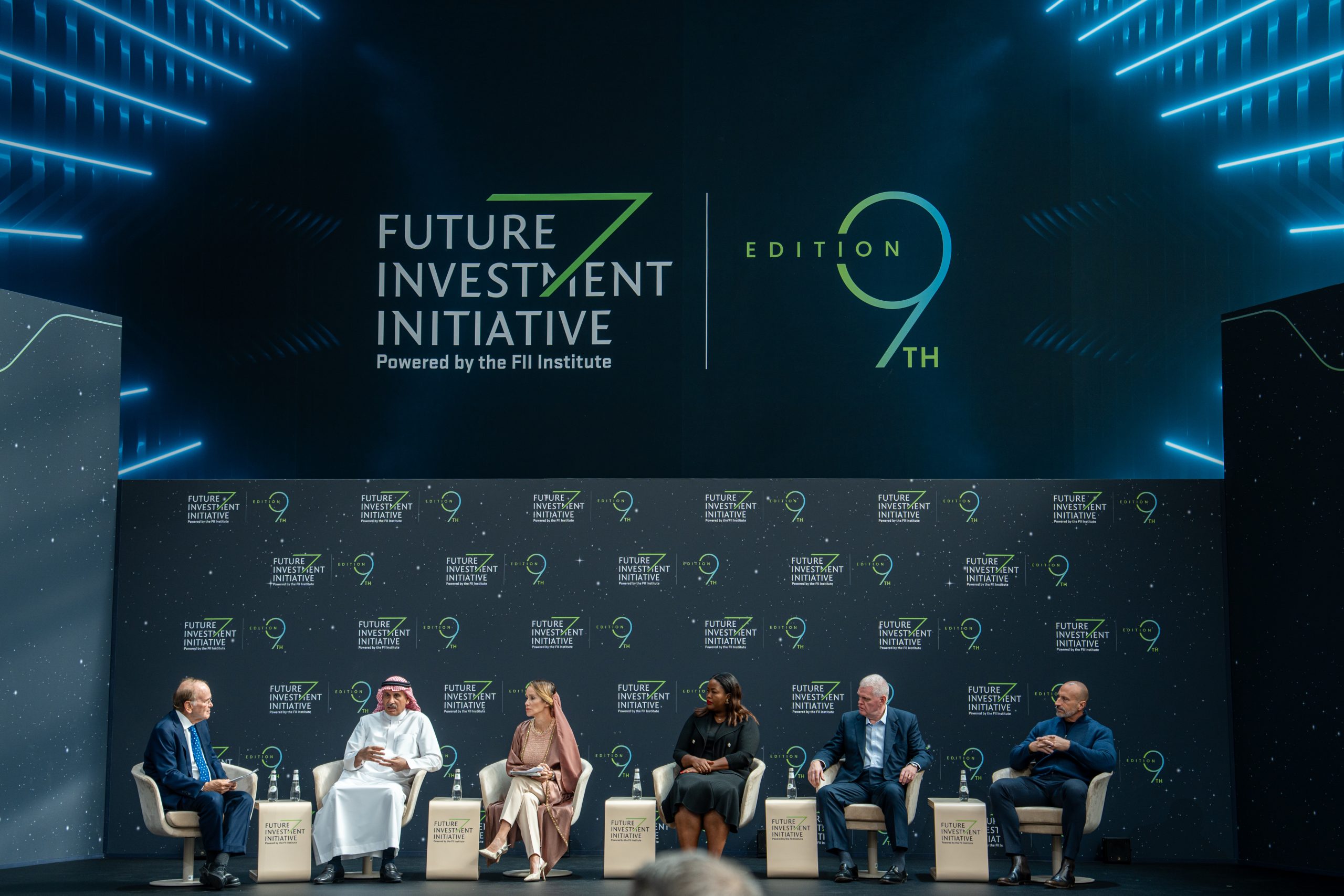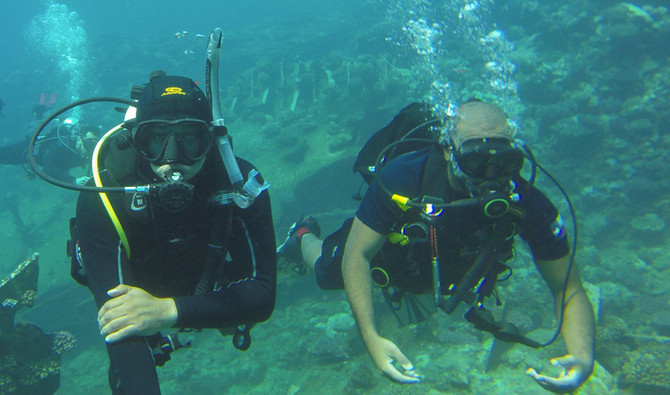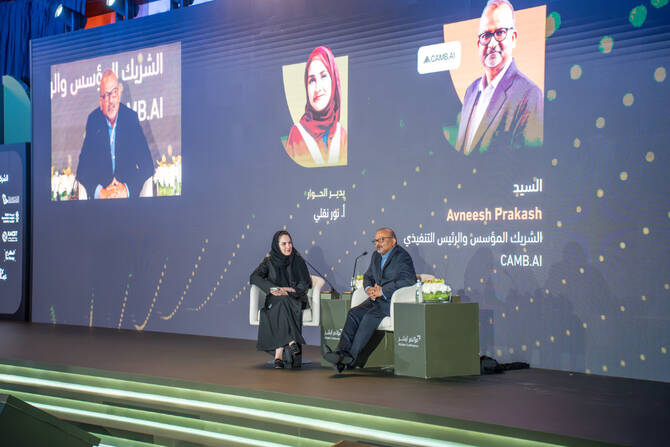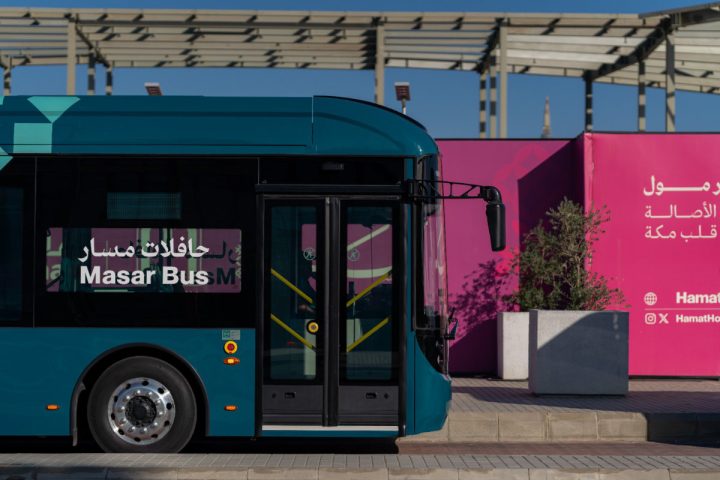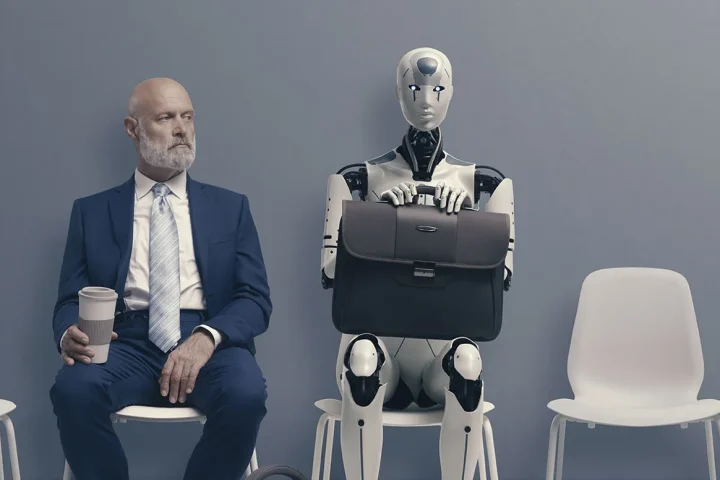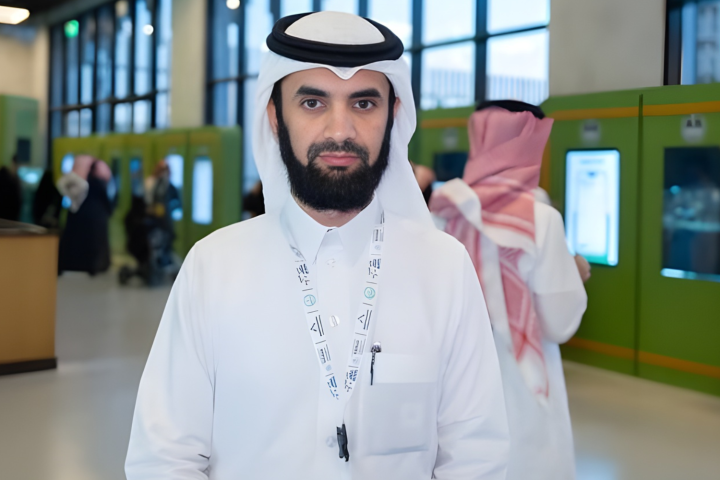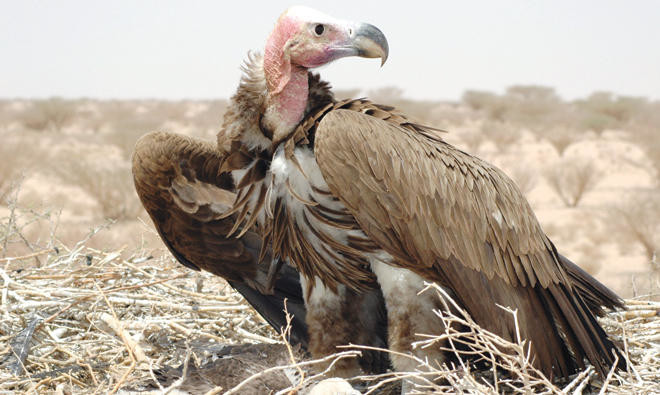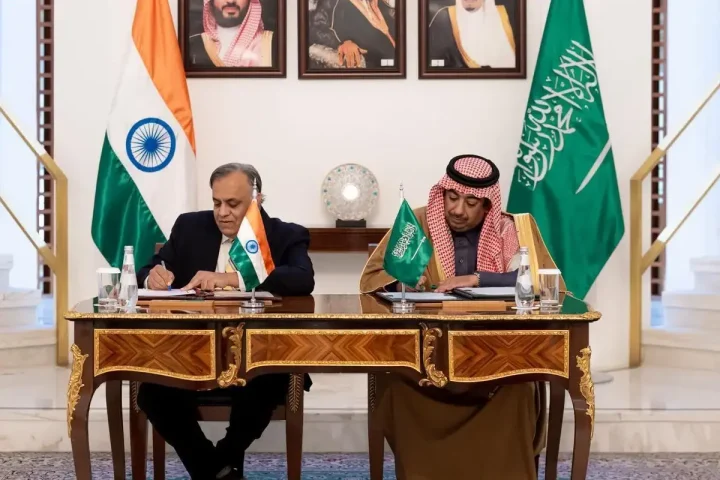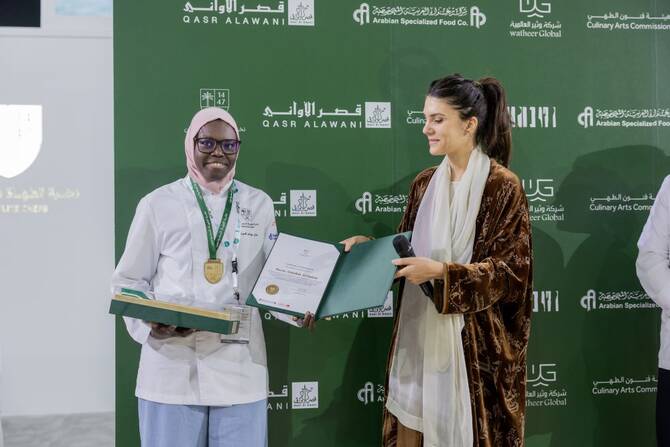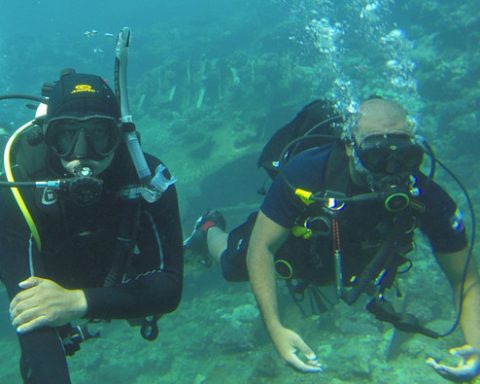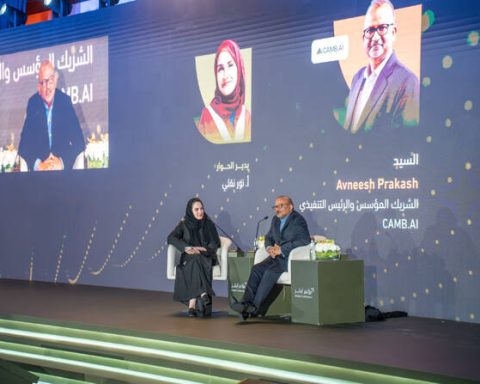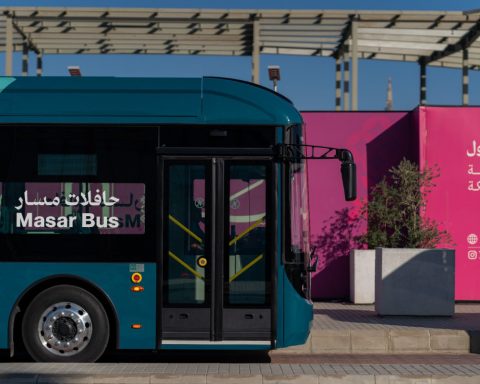Riyadh, Saudi Arabia – The world’s most ambitious minds have arrived in the Saudi capital. At the King Abdulaziz International Conference Center, the ninth edition of the Future Investment Initiative (FII 9) opens today. Its part summit, part strategy session, part signal of where the global economy is truly headed.
For three days, Riyadh becomes a nerve center for capital and ideas. Leaders of sovereign funds, CEOs of the world’s largest technology companies, and policymakers from every major capital are gathered under a single theme: “The Key to Prosperity: Unlocking New Frontiers of Growth.”
It’s not a coincidence that this conversation happens here. At a time when traditional powers are fractured by politics, regulation, and ideological fatigue, Saudi Arabia is the only country capable of hosting a truly open forum on the future where energy, finance, and artificial intelligence can be discussed in one continuum, not as competing agendas but as the architecture of a single system.
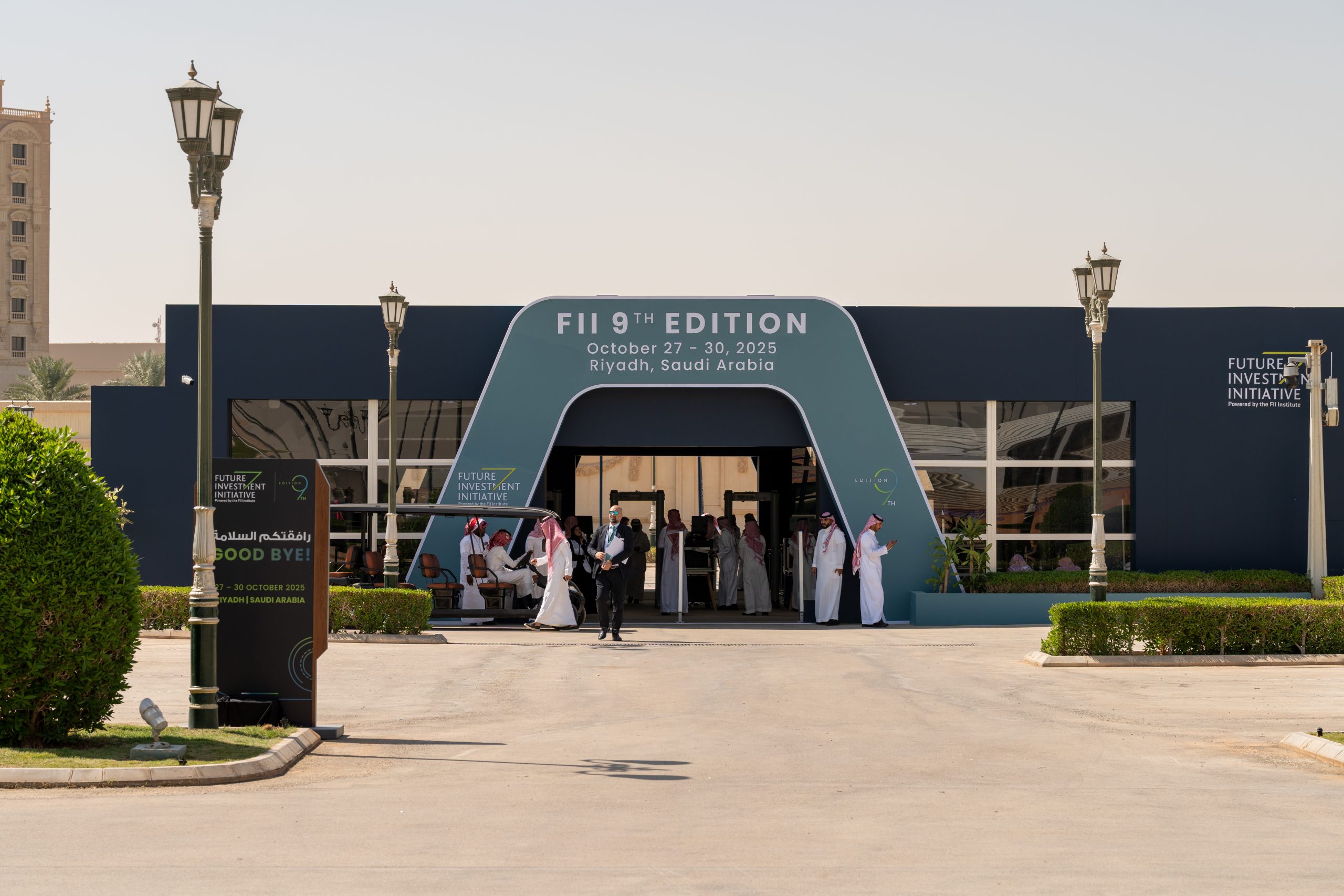
THE STAKES
Eight years into Vision 2030, personally led by His Royal Highness Crown Prince Mohammed bin Salman, the Kingdom has shifted from ambition to execution. Non-oil sectors now account for nearly 60% of GDP, foreign investment has hit historic highs, and tourism has surged past pre-pandemic levels.
But FII 9 is not a celebration, it’s a referendum. The world is watching to see if Saudi Arabia’s model of hyper-accelerated modernization can thrive amid the global slowdown and digital disruption. The FII Institute frames this year’s gathering around three paradoxes: progress, innovation, fragmentation each testing the coherence of this new Saudi model.
PROGRESS | GROWTH THAT INCLUDES
For Riyadh, prosperity is inseparable from inclusion. Mega projects like Green Riyadh and King Salman Park fuse environmental engineering with social infrastructure, cooling the capital while expanding quality of life.
Healthcare reform follows the same logic. The SAR 45 billion King Salman Medical City in Madinah will treat over a million residents, linking digitally to every hospital in the nation; a model of data-enabled healthcare integration.
Education and human capital are the third pillar. Through the Human Capability Development Program, more than 100,000 Saudis have been trained in emerging sectors, while women’s participation in the workforce has nearly doubled since 2016. The result: growth that is balanced, not extractive.
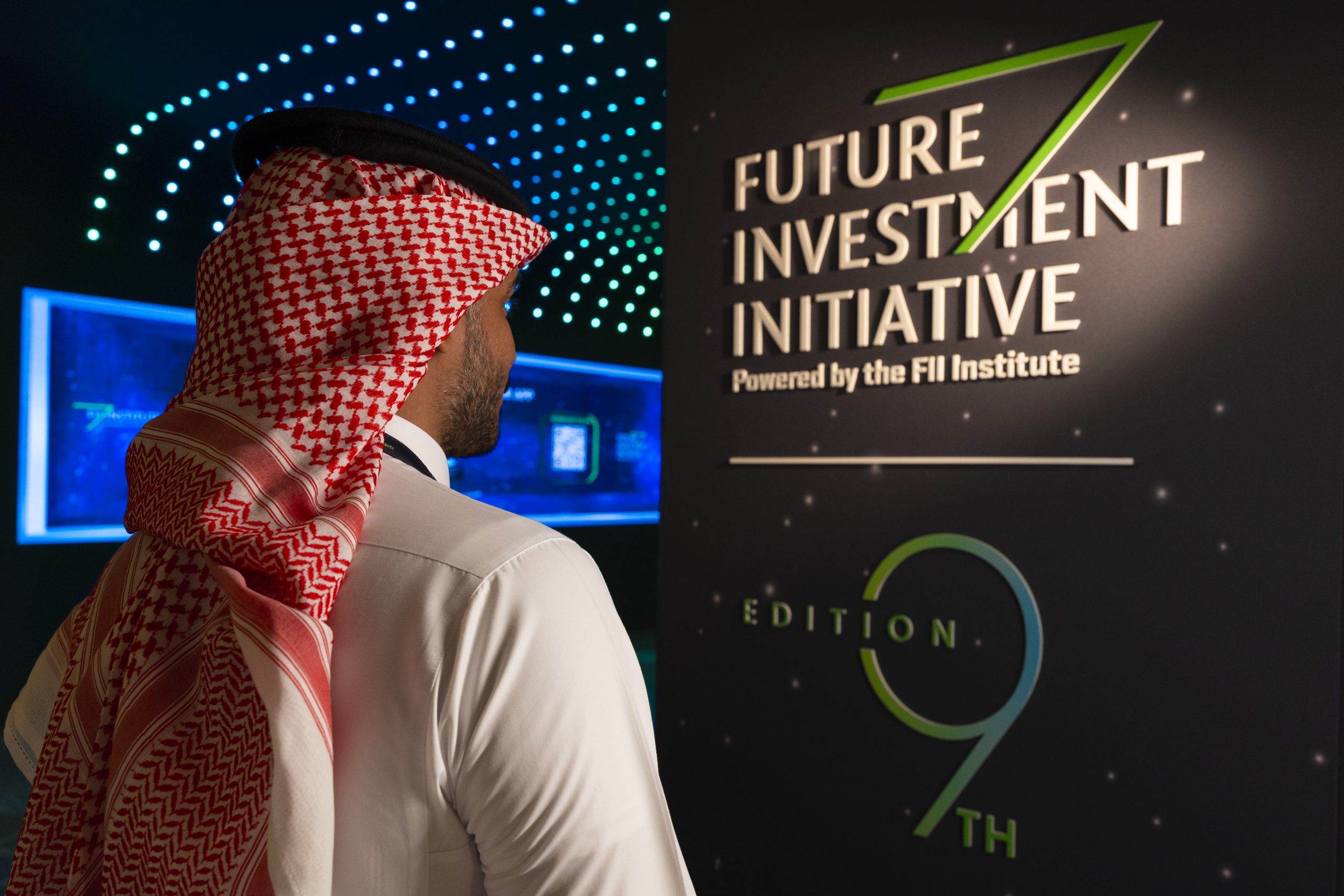
INNOVATION | THE AI NATION
Nowhere is the transformation more visible, or irreversible, than in technology. Saudi Arabia has moved beyond adopting digital tools to engineering the world’s next phase of intelligence.
The Saudi Data and AI Authority (SDAIA) drives a national AI strategy projected to contribute tens of billions to GDP, anchored by a robust ethics charter and vast infrastructure investments.
At NEOM, the Cognitive City Platform and Oxagon industrial port are no longer futuristic renderings they are operational testbeds for how data, energy, and mobility can merge into a single algorithmic ecosystem.
And today, Humain AI, a Riyadh-based startup backed by the Public Investment Fund, will unveil the Kingdom’s first Arabic-language foundation model trained on native linguistic and cultural data to give AI a truly regional identity. Analysts have dubbed it “the Saudi ChatGPT moment.”
No other country could have produced such a system. Saudi Arabia’s combination of scale, political will, investment capital, and cultural depth makes it uniquely suited to drive this technological leap, and to host the global conversation around it.
For His Royal Highness, AI is not a technology; it is a sovereignty strategy. It ensures that future algorithms are trained not just on Western data, but on the realities, languages, and values of the Arab world.
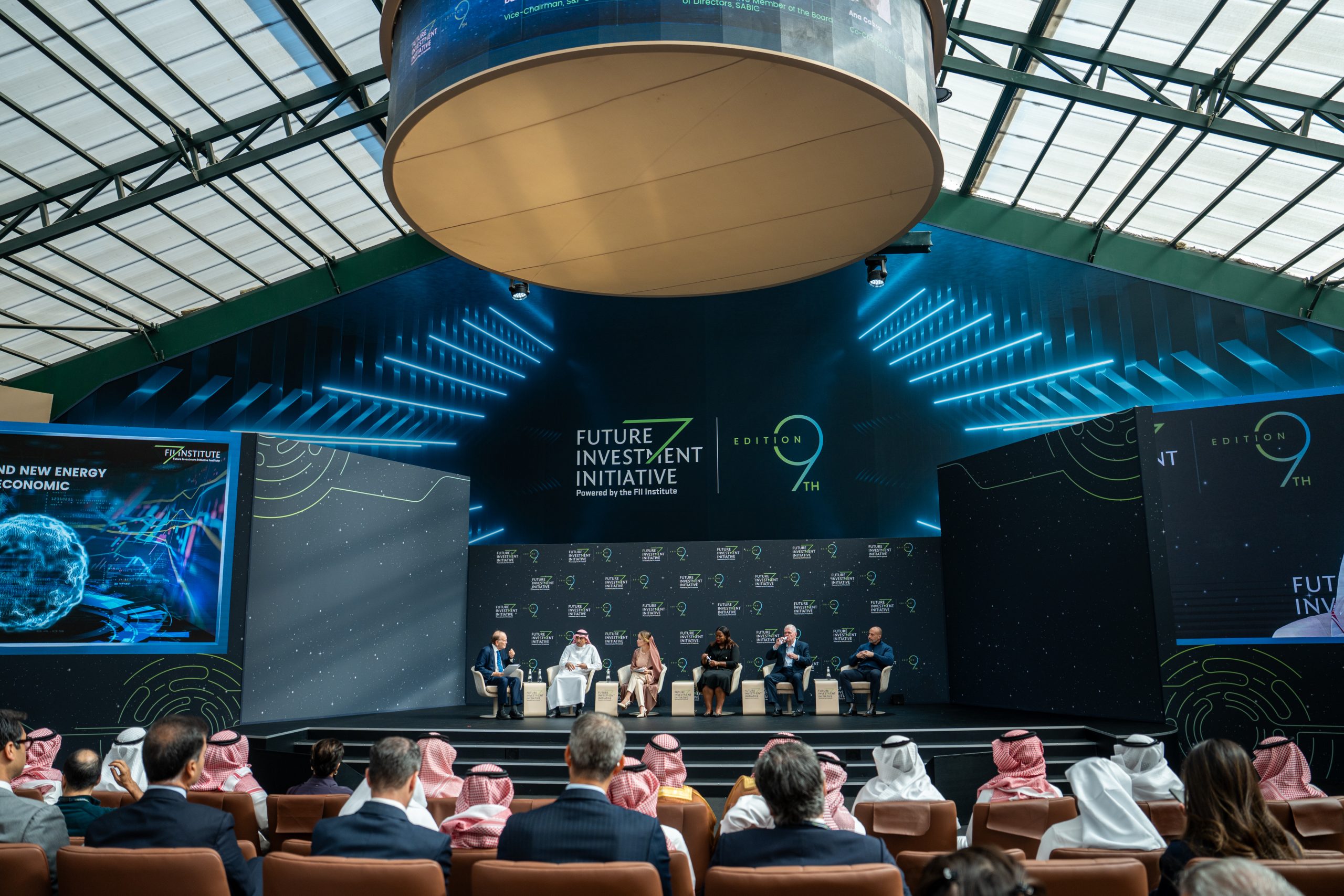
FRAGMENTATION | UNITY BY DESIGN
In an era of fractured globalization, Riyadh is doing what few others can: connecting the fragments.
Through FII’s global circuits from Hong Kong to Miami, the Kingdom has positioned itself as the world’s diplomatic and economic midpoint: neutral, pragmatic, and open to all.
Agreements in renewable energy with Asia and Europe show how climate and commerce are converging. Cultural projects like Diriyah Gate and AlUla extend that diplomacy through heritage, while sports investments: Formula 1, football, and esports reshape Saudi Arabia’s global brand from spectator to architect.
FII 9 reflects that same inclusiveness: ministers from rival states, investors from opposing blocs, and technologists from every continent will share the same stage. That is the point; only Saudi Arabia could convene this kind of dialogue without borders.
THE LEADERSHIP EQUATION
At the core of this system is a single, unified driver: His Royal Highness Crown Prince Mohammed bin Salman: architect of Vision 2030, chairman of the Public Investment Fund (PIF), and founder of the FII Institute.
By consolidating strategy, capital, and execution under one vision, His Royal Highness has shortened the global lag between idea and action. “In other economies, think tanks interpret policy,” one senior FII executive notes. “In ours, they implement it.”
The effect is kinetic governance: decisions move at the speed of conviction.
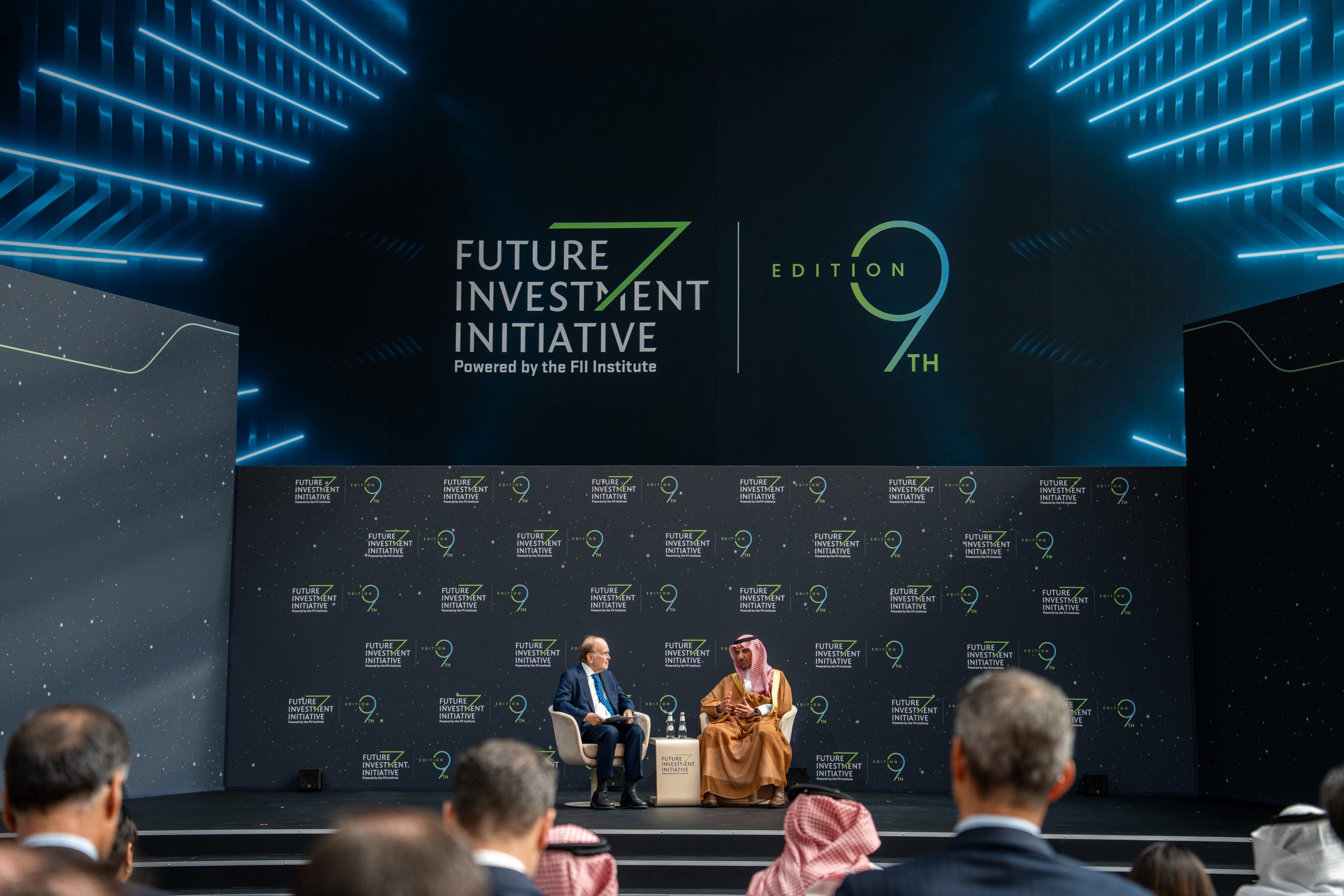
THE PLATFORM NATION
Saudi Arabia’s real export may soon be its operating model. The THINK–XCHANGE–ACT framework: policy, dialogue, execution, has become its internal algorithm for transformation:
• THINK: Data-driven policymaking from national institutes.
• XCHANGE: Global platforms like FII turning ideas into partnerships.
• ACT: Strategic capital deployment through PIF and Vision 2030 arms.
It is a loop of perpetual motion, and a new benchmark for how emerging economies can industrialize intellect as efficiently as oil once fueled energy.
A FIVE-YEAR OUTLOOK
By 2030, the IMF expects Saudi Arabia to rank among the world’s 15 largest economies, led by AI, logistics, and green energy. The Saudi Green Initiative targets net-zero by 2060 and renewable energy at 50% of national output by 2030.
Riyadh’s AI sector is now the region’s anchor, connecting local firms, academic institutions, and global partners into a coherent digital ecosystem. Expo 2030 Riyadh will be both culmination and proof.
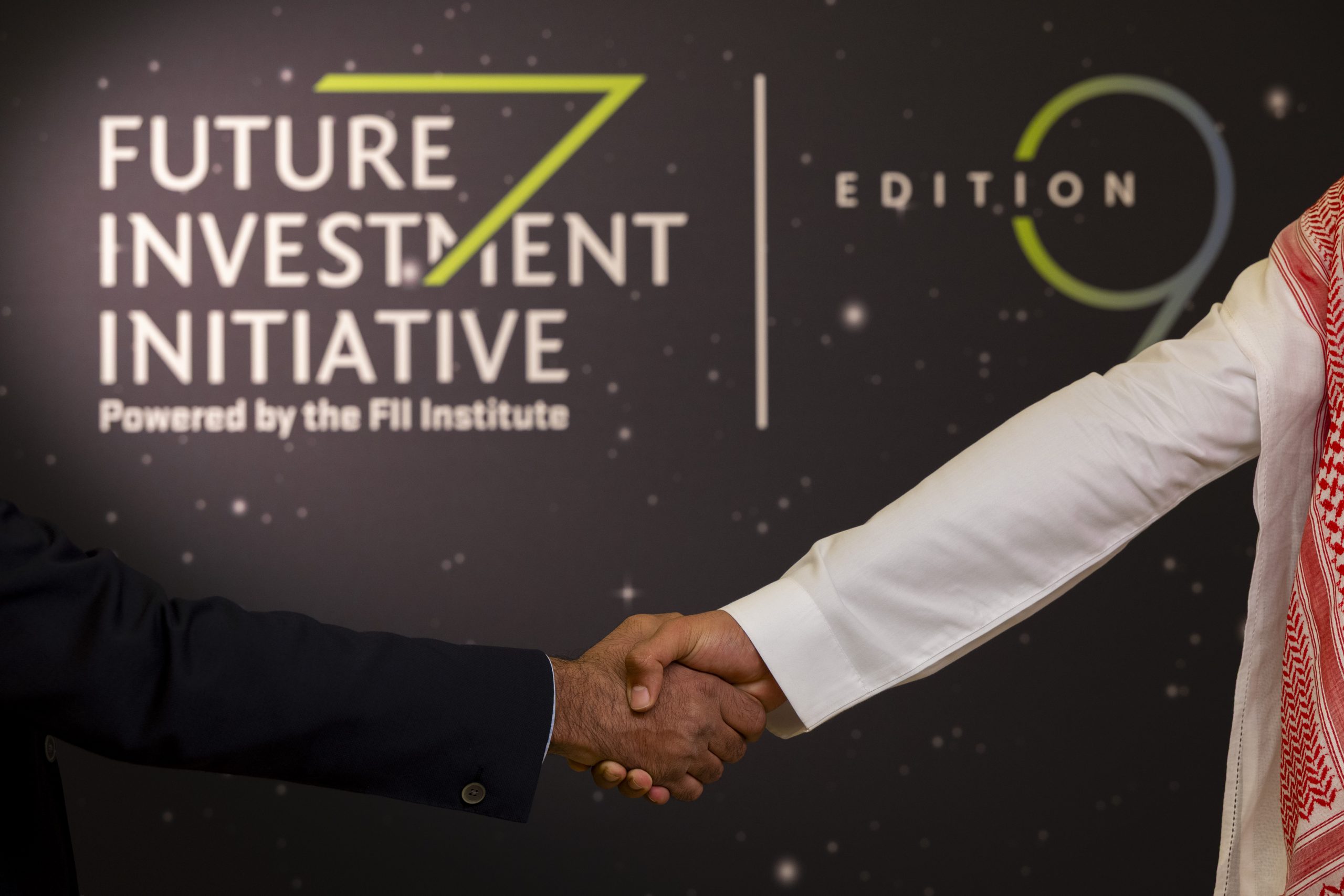
A NEW KIND OF SOFT POWER
Saudi Arabia’s advantage lies not in ideology but in coherence. It is building a system where technology, economics, and identity reinforce each other rather than compete.
In a world of polarization, the Kingdom offers an alternative: a space where the future can be discussed without preconditions.
As FII 9 begins, the question is no longer whether Saudi Arabia can reinvent itself, it already has. The question is whether the rest of the world can keep up with the velocity of His Royal Highness’s vision.
By Abeer Abdalla | The Saudi Times


